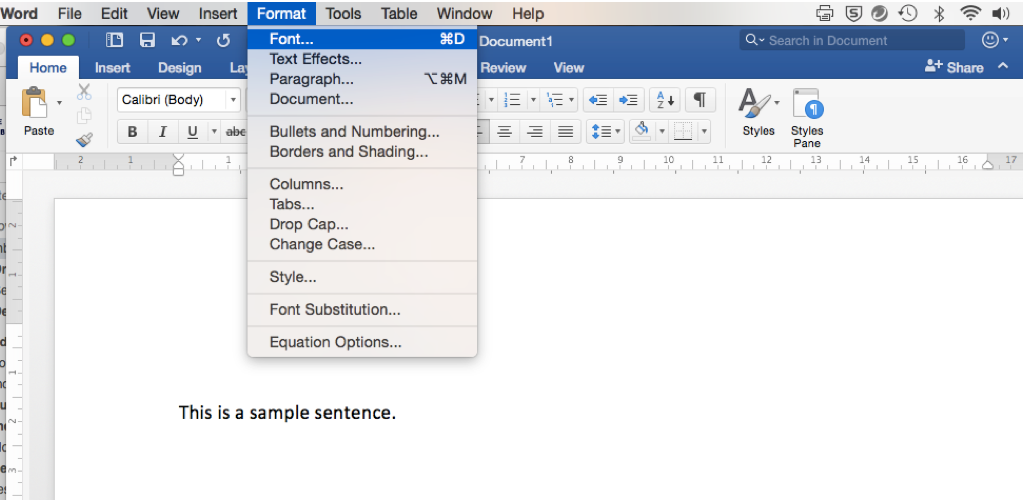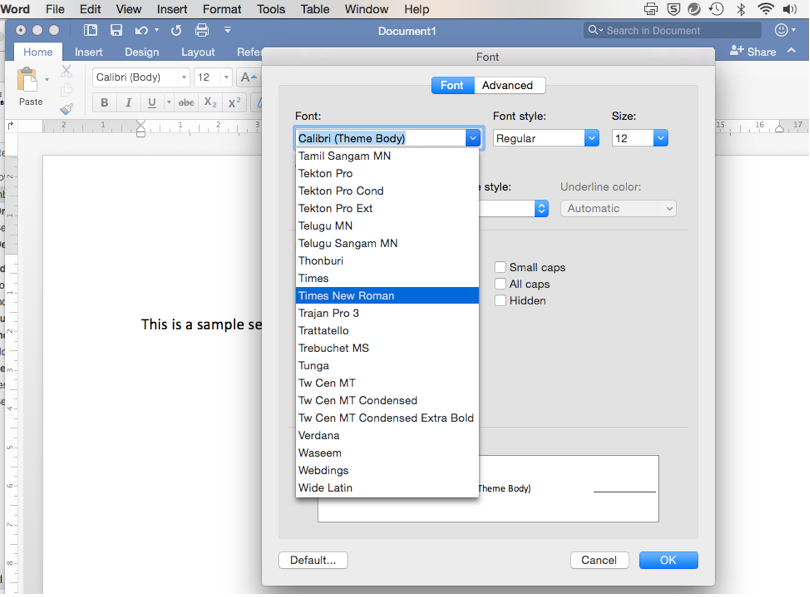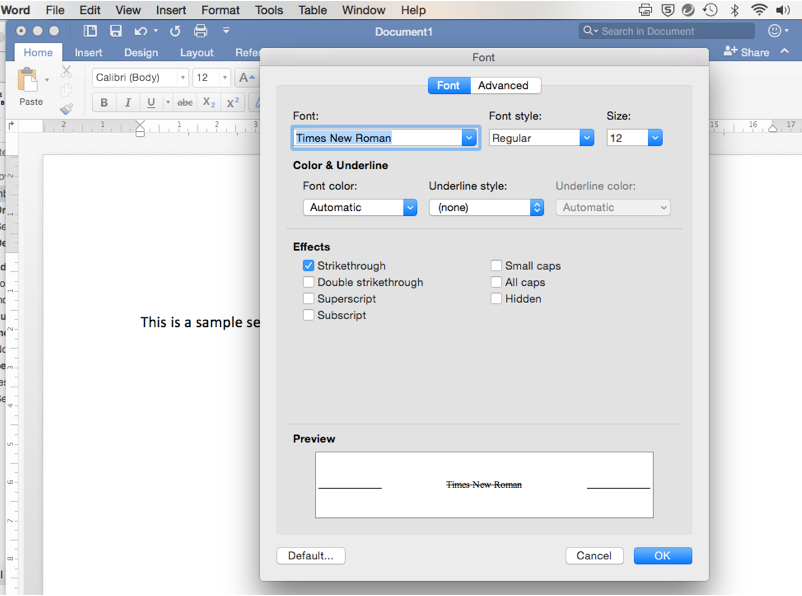What About Keystrokes?
Another commonly used model is called the keystroke level model (KLM for short). It was developed for predicting human performance with interaction systems, and it is quite easy to use in practice.
This model is more general than Fitts' law, because it predicts task completion times that may combine different types of movements (beyond mouse and target selection). For example, a KLM prediction can be based on a sequence of tasks, different input method used (e.g., keyboard versus mouse), motor skills of different users, and the response time of the system.
An Example
Here is a concrete example. Suppose you want to know how long it takes for an average user to delete a file. Let's say there are two ways to accomplish this task. One is by using the mouse to click the various menu items to then delete the file. Another is by using the keyboard and the right combination of keys pressed simultaneously to delete the file. KLM can predict the times for each of these methods and lets you compare the efficiency of the two methods. Now we turn to the details of how exactly this is calculated.
Model Details
The table on the right lists the six kinds of operators (modes of interaction)
that is supported by the model (however, if you have other modes of input that
you want to add to the model, the model can be easily extended to accommodate
them). These operators are:
Depending on the task you want to predict the time for, you can choose the appropriate operator to compose the sequence of operators to achieve that task. That means your sequence may have some repeated operators or some omitted ones. Then the total predicted time for the task is the sum of the time for each operator involved in the sequence. For example, suppose you want to delete a file and the correspond task sequence requires the following operators: mouse click on file, keystroke Ctrl, keystroke D. Since there are multiple keystroke time values in the table, we have to select an expertise level. So suppose we go with the average skilled typist level. Overall, the predicted time in this example would be 1.10 (point with mouse) + 0.20 (click on file) + 0.20 (Ctrl) + 0.20 (D) = 1.7 seconds. |

|
Model Limitations
As you can see, KLM has a few limitations. First of all, the estimation is based on a given sequence of operators. As a designer, you specify the sequence and compute the predicted time. However, this means that the sequence is error-free. So the time that is calculated is based on someone (likely an expert) who does not make mistakes!
Another limitation is the times provided in the table. While these times have been empirically derived, they are averages taken from specific groups of users and do not necessarily represent your target user groups. The P operator gives a single time value of 1.10 second, but it would have been nice to have the Fitts' formula in place so to provide a better estimate (as a function of the distance of the target and/or the width of the target).
Lastly, new hardware devices may require operators that are not present in this table, so those operators and associated times need to be incorporated.
Try Out An Example
Suppose you have a sentence typed into MS Word with part of it highlighted already. Let's say you wanted to change the style of the highlighted word. See the pictures below. Suppose the task requires you to first click on the Format menu at the top, select Font from the drop down, as shown in Step 1.

Step 1
Then a Font popup box appears. From the popup box, you need to click on the Font options and change it to Times New Roman. Then click OK. These are illustrated in Steps 2 and 3.

Step 2

Step 3
Now the popup box goes away, and you need to select the strikethrough font style in the ribbon as shown in Step 4. How long does KLM predict an average non-secretary typist to take? (Do the calculation for the review question below.)

Step 4